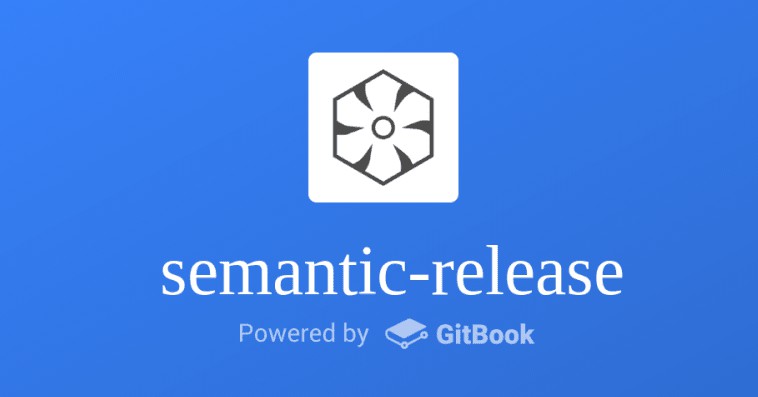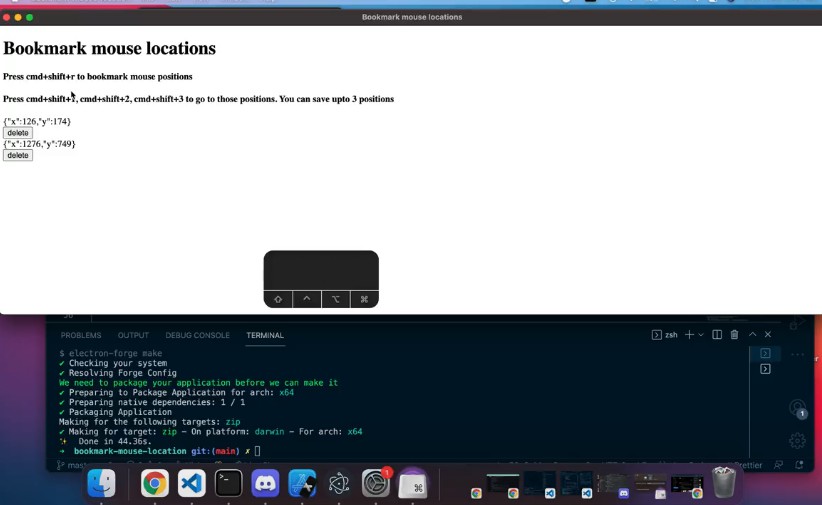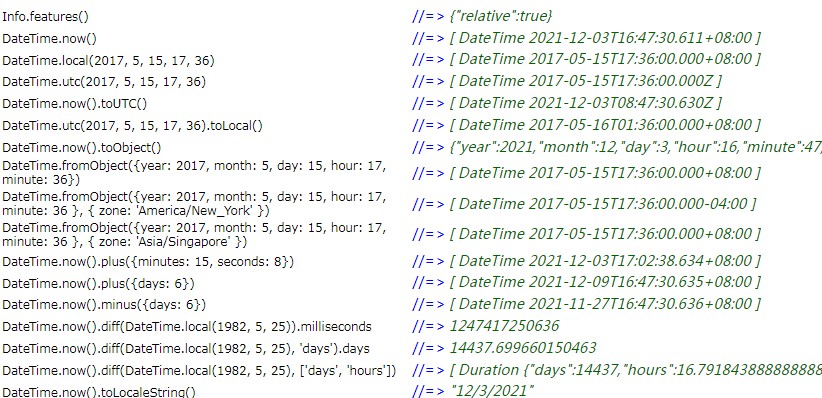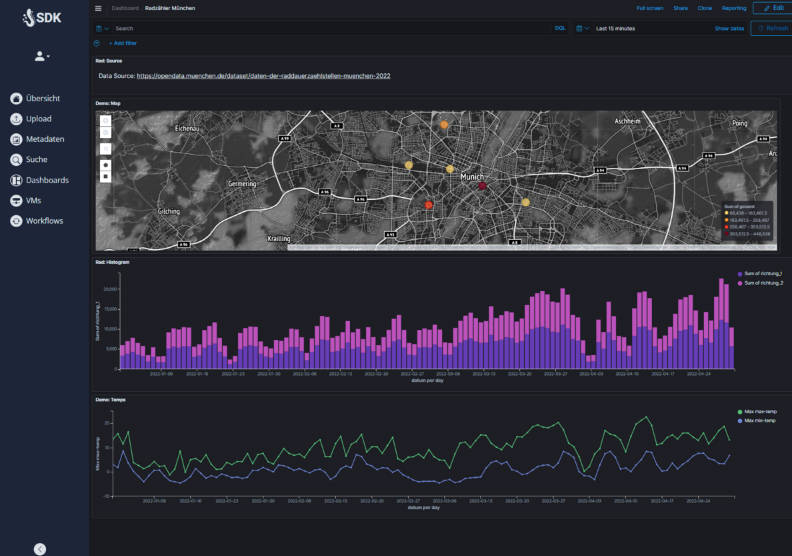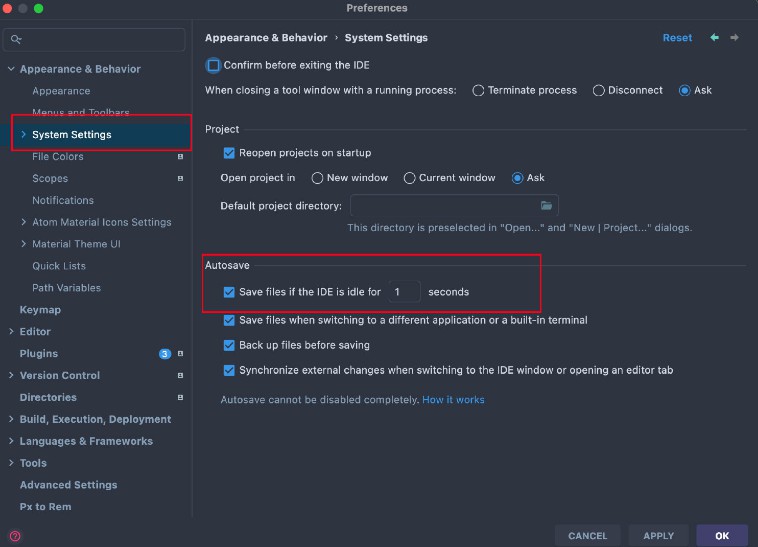semantic-release
Fully automated version management and package publishing
semantic-release automates the whole package release workflow including: determining the next version number, generating the release notes, and publishing the package.
This removes the immediate connection between human emotions and version numbers, strictly following the Semantic Versioning specification and communicating the impact of changes to consumers.
Highlights
- Fully automated release
- Enforce Semantic Versioning specification
- New features and fixes are immediately available to users
- Notify maintainers and users of new releases
- Use formalized commit message convention to document changes in the codebase
- Publish on different distribution channels (such as npm dist-tags) based on git merges
- Integrate with your continuous integration workflow
- Avoid potential errors associated with manual releases
- Support any package managers and languages via plugins
- Simple and reusable configuration via shareable configurations
How does it work?
Commit message format
semantic-release uses the commit messages to determine the consumer impact of changes in the codebase. Following formalized conventions for commit messages, semantic-release automatically determines the next semantic version number, generates a changelog and publishes the release.
By default, semantic-release uses Angular Commit Message Conventions. The commit message format can be changed with the preset or config options of the @semantic-release/commit-analyzer and @semantic-release/release-notes-generator plugins.
Tools such as commitizen or commitlint can be used to help contributors and enforce valid commit messages.
The table below shows which commit message gets you which release type when semantic-release runs (using the default configuration):
| Commit message | Release type |
|---|---|
| fix(pencil): stop graphite breaking when too much pressure applied | Patch Fix Release |
| feat(pencil): add 'graphiteWidth' option | Minor Feature Release |
| perf(pencil): remove graphiteWidth optionBREAKING CHANGE: The graphiteWidth option has been removed.The default graphite width of 10mm is always used for performance reasons. | Major Breaking Release(Note that the BREAKING CHANGE: token must be in the footer of the commit) |
Automation with CI
semantic-release is meant to be executed on the CI environment after every successful build on the release branch. This way no human is directly involved in the release process and the releases are guaranteed to be unromantic and unsentimental.
Triggering a release
For each new commit added to one of the release branches (for example: master, next, beta), with git push or by merging a pull request or merging from another branch, a CI build is triggered and runs the semantic-release command to make a release if there are codebase changes since the last release that affect the package functionalities.
semantic-release offers various ways to control the timing, the content and the audience of published releases. See example workflows in the following recipes:
Release steps
After running the tests, the command semantic-release will execute the following steps:
| Step | Description |
|---|---|
| Verify Conditions | Verify all the conditions to proceed with the release. |
| Get last release | Obtain the commit corresponding to the last release by analyzing Git tags. |
| Analyze commits | Determine the type of release based on the commits added since the last release. |
| Verify release | Verify the release conformity. |
| Generate notes | Generate release notes for the commits added since the last release. |
| Create Git tag | Create a Git tag corresponding to the new release version. |
| Prepare | Prepare the release. |
| Publish | Publish the release. |
| Notify | Notify of new releases or errors. |
Requirements
In order to use semantic-release you need:
- To host your code in a Git repository
- Use a Continuous Integration service that allows you to securely set up credentials
- A Git CLI version that meets our version requirement installed in your Continuous Integration environment
- A Node.js version that meets our version requirement installed in your Continuous Integration environment
